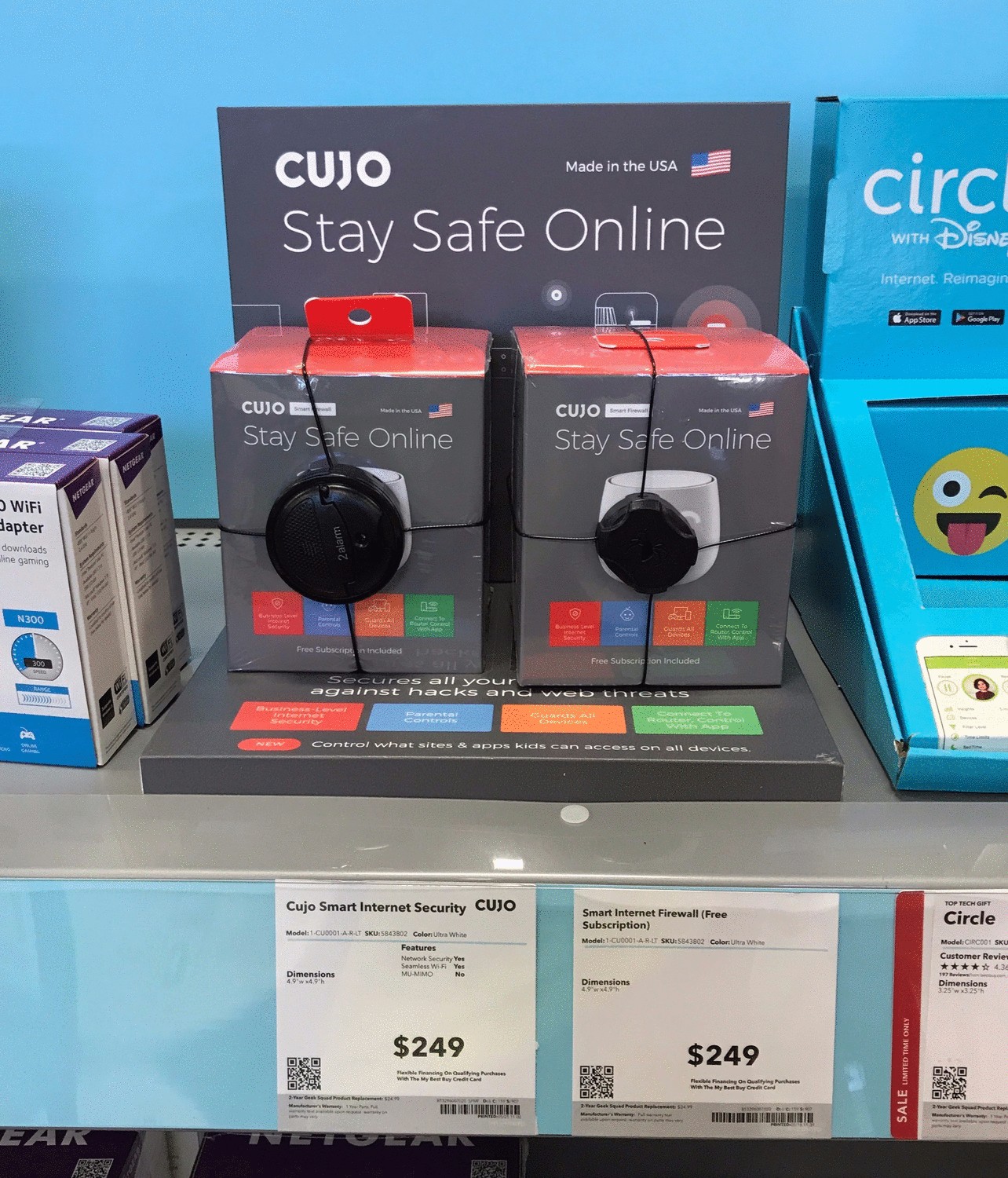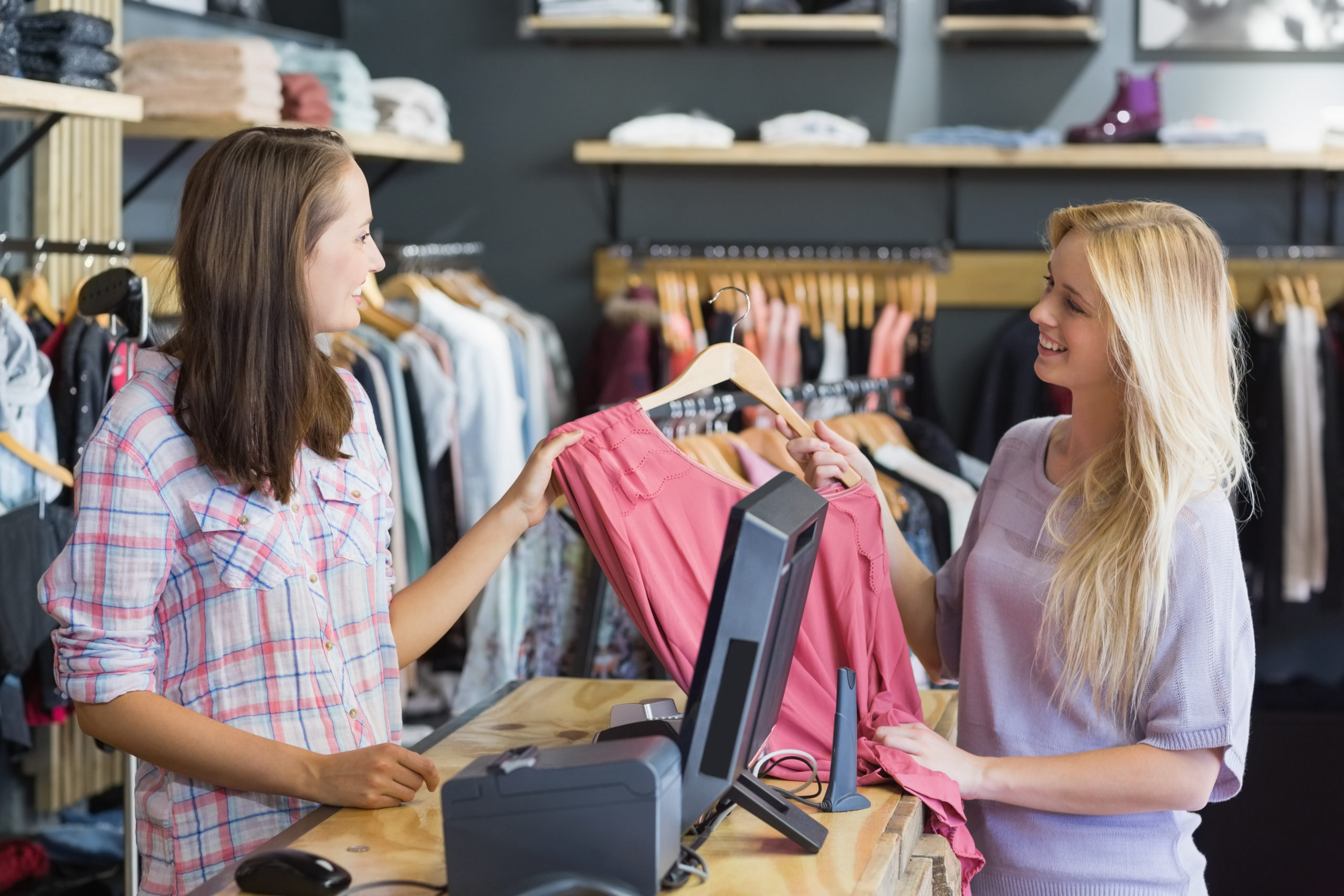- Sell-in: When a retailer purchases product from a manufacturer or distributor
- Sell-through: When the end-consumer purchases a product from the retailer
Okay, developing a retail strategy, talking to the right sales channels, and ultimately closing favorable deals is not “easy”; however, it’s far easier than the work that follows. The majority of young, innovative CPG startups I talk to have already generated buying interest from Best Buy, QVC, Home Depot, Amazon, Walmart, CVS, Bed Bath and Beyond, etc. I’ve never spoken to a CPG brand (granted I look for unique products) who went belly up because they couldn’t find a retailer willing to take them on. Enough people exist with “connections”, otherwise with enough determination you can find a way to get in touch.
So why aren’t all these young companies making out like bandits?

The Responsibility is on Your Shoulders
Retailers, distributors, and manufacturer’s reps are not responsible for marketing and generating demand of your products and brand at retail. And without sell-through, you’re just paying money to ship your products from one warehouse to another. Unless you’re an extremely hot item, it’s rare to find these partners contributing money, time or effort into promoting your brand at the retail level. It’s up to you – the manufacturer – to commit time and resources to ensure your survival in the competitive retail landscape.
Receiving purchase orders from a retail channel (online or offline) is only an opportunity to prove yourself as a brand and should not be seen as the end of your responsibilities to scale up product sales. Examples of capitalizing on retail opportunities include:

- Promotions – discounts, product bundles, online/offline ads, PR, retailer coop funds
- Merchandising – online video and copy, in-store POP displays, test kits, great packaging
- Creative positioning – demo days, guerrilla marketing, influencer marketing, and other product-specific ideas
Some brands are under the assumption that retailers will have incentive to promote their product because that’s how the retailer will make money; however, with so many new products constantly coming out it’s not very likely a sizeable retailer or distributor will pay that sort of attention.
Make the Retailer’s Job Easier – Actively Manage Channels
Becoming a reputable vendor, driving consistent sales growth, and maintaining close retail relationships is not something that magically happens. It requires time, a thorough understanding of how retail works, and a lot of effort. While many retail decisions are based on numbers these days, you’re still dealing with people at the end of the day. Any way you can make your retailers’ jobs easier will come back to reward you. You could use something like this cvs vendor portal to discover the ways in which to improve your product discovery online to drive more sales.
Besides retail marketing, there’s a lot of back-end activities to ensure your retail operations are going smoothly. Tasks like sales forecasting, inventory management, MAP control, sales training, and even simply communicating are often an underestimated part of doing business in retail. It’s often these back-end efforts that make or break CPG companies.
As an example, we frequently see ill-advised inventory forecasting from retailers as they request more units from our clients – often requesting too much inventory than what would be efficient for the manufacturer. There’s a lot of ins-and-outs of managing a retail presence that can gradually cripple young CPG teams who aren’t ready for it. In the process of taking inventory, businesses wanting to navigate their stock, shelves, and warehouses with relative ease may want to consider equipment, like rolling ladders (visit Platforms and Ladders), that they could implement to help with this.
You Don’t Have to Hire Someone In-House
Many consumer brand startups operate under the assumption that they need to hire a VP of sales or a Channel Marketing Manager because retail takes so much time and know-how. The vast majority of small teams consist of mostly engineers, designers, or developers who are product-focused by necessity or background. Bringing on retail-specific expertise is a great idea, but most can’t afford $60,000+ salary with benefits.
Our own clients at Retailbound decided to use an “outsourced” model to hire an ex-large chain retail buyer to fully manage their retail sales, marketing, and management efforts. Sort of like hiring a property management company rather than taking care of marketing, fixing, and showcasing properties yourself. Besides saving $10,000-$20,000 a year, reasons vary for taking this approach, but usually it revolves around:
- Finding the right salespeople, retailers, distributors, 3PLs, and other related partners faster
- Allow the brand to focus on more important, core competency activities
- Product and brand need to be marketed and pushed, it’s not going to sell itself in retail
End Notes
Have you ran into the challenge of relying too heavily on distributors or manufacturer’s rep to market your product? How do you currently marketing your products with retail distribution channels? What’s been effective for your brand and what hasn’t?
If you need assistance with getting into retail, but importantly, staying in retail, contact Yohan Jacob at yjacob@retailbound.com.



